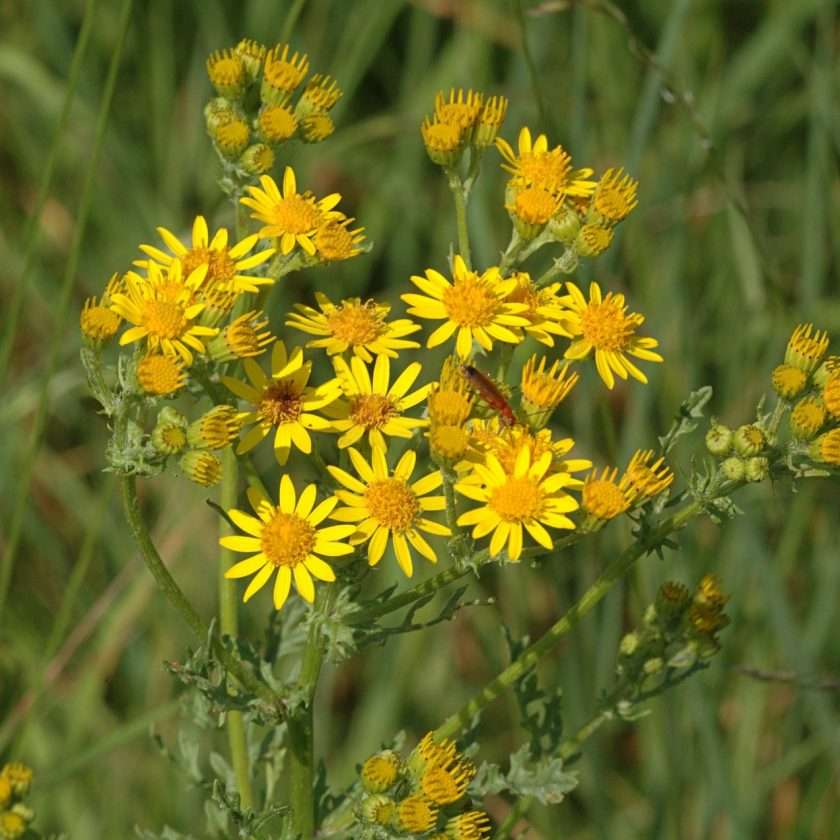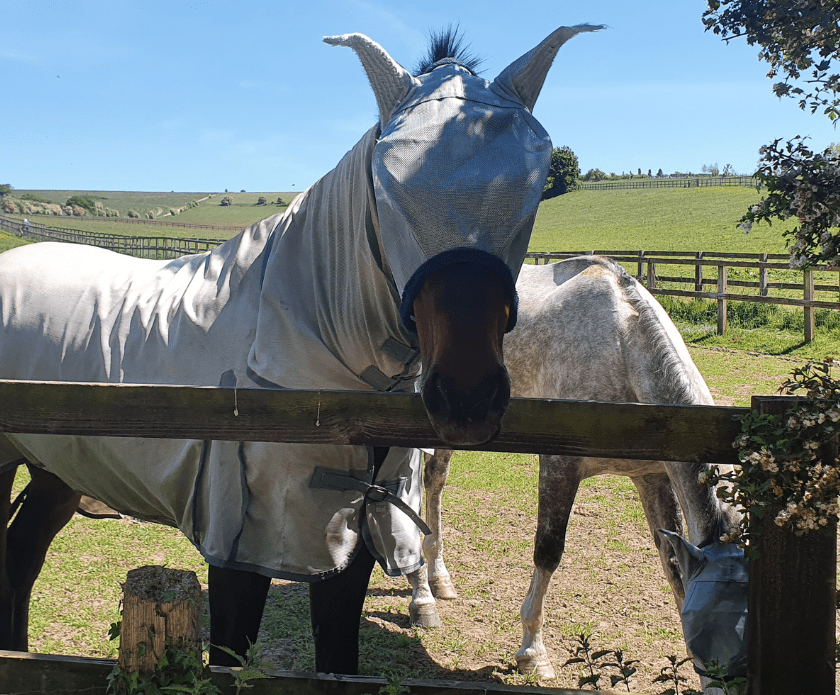How To Cool Down A Horse After Riding At Competition
Here’s how to cool down a horse after riding at competition. With competition after-care for your horse is just as important as the preparation, this vital step in routine can prevent discomfort, injury, and ill-health but it is very often overlooked. So, how can we optimise our horse’s competition after-care to ensure they stay in peak condition?
Cool Down
Cooling down after exercise is one of the most important steps for horse riders to take after competition. Although you and your horse may be tired from a strenuous session, taking time in slower paces after exercise is essential.
Incorporating an appropriate cool down period into your competition routine will ensure that metabolic waste products, which are produced during exercise, are removed from muscle. If waste products remain in muscles, this can cause them damage and be extremely painful. In addition, the slow movement of which cool-down routine consists, increases the amount of heat that can be lost from the body compared to when at stand still. Therefore, continuing to walk after competition can aid the comfort of your horse and help to cool them physically.
The length of your cool down will vary depending on your horse’s fitness and the intensity of exercise they have undergone. Rider’s should look for their horse’s respiration rate and heart rate (HR) to return close to it’s baseline level. HR and respiration rate can be recorded through the rider’s own assessment, or by using measuring devices, such as a heart rate monitor.
How To Cool Down A Horse After Riding At Competition
After a cool-down period, it’s important to cool your horse down using manual techniques; especially on warmer days.
Common cooling techniques include sponging or hosing your horse down. Water is a great tool to facilitate cooling, aiding heat loss through evaporation.
Naturally, horse’s lose most of their body heat via evaporation from sweat and other bodily fluids, and the use of water after exercise can help to increase the speed and efficiency of this technique. However, make sure to scrape excess water off the body once applied, as water-drenched coats will actually act in the opposite manner, insulating your horse!
Other ways you can help to cool your horse’s body temperature include continuing to walk your horse in hand or using fans; this increases heat loss via convection. Seeking shade on sunny days is also recommended to cool your horse before preparing to travel home.
Nutrition and Hydration
After intense exercise, a sufficient period should be allowed before you begin offering feed again; allow time for your horse to return to their baseline temperature, pulse and respiration rates. Ensuring your horse’s body has returned to a resting state will ensure the redirection of blood flow back to intestinal muscles and prevent gastrointestinal issues, such as colic. Preferably stick to feeding good quality forage after competition, as this is the safest way to replenish carbohydrate stores, as well as providing a sponge-like mechanism to help store water and essential fibre to keep the gastro-intestinal system healthy.

Hydration after exercise is also important to replenish lost water stores and ensure appropriate transportation of nutrients and waste products.
For optimal rehydration, consider using salt or electrolytes in your horse’s water and make sure they are accustomed to this cocktail before heading to a show. Research suggests that horses that drink saline solution (water with increase mineral contents), drink more in the subsequent hours than horses who just drink plain water. Therefore, the addition of electrolytes or salt should act similarly and increase your horse’s voluntary water intake. Making sure your horse’s is used to salt or electrolytes in their water before heading to a show is essential though, as they often will not drink from unfamiliar sources.
Water intake doesn’t just have to come from a bucket of water by itself though! If your struggling to get your horse to drink, why not tempt them with a bucket of soaked fibre-based feed, such as un-molassed sugar beet or Alpha-Beet.

Rest and Recuperate
After intense exercise or stress from travelling, we should allow our horses time to regroup!
Once home, grooming and removing any dried sweat is essential for your horse’s comfort, as well as skin and coat health. Incorporating gentle massage or at-home therapy equipment in your post-travel grooming routine will also help alleviate tension in muscle. Meanwhile, this is a great opportunity to check them over for any new lumps, bumps and scratches, and address these appropriately.
After a hard day’s work, if you decide to keep your horse in their stable, applying stable bandages will help to reduce any build-up of fluid in your horses’ legs, which can be uncomfortable. If stabled, try incorporating intervals of hand walking into routine, to prevent muscles from becoming stiff and tight. On the other hand, the benefits of turnout mean you can keep your horse moving without the fuss – however, make sure to keep an eye out for heat in the legs and feet!
Offer your horse their usual forage and don’t provide hard feed until your horse is settled in their home environment. Their hard feed should not be any different for the feed they receive on a day-to-day basis, as this may cause gastrointestinal upset.
Some of the items featured in this article, we may earn a commission on should you choose to buy. If though, for whatever reason, you choose to return the item we will not. With this in mind, we aim to only give relevant recommendations and information that may help you in the decision process when choosing whether or not to buy.






